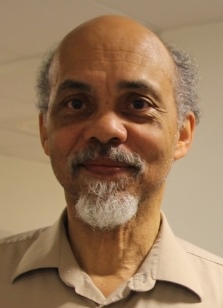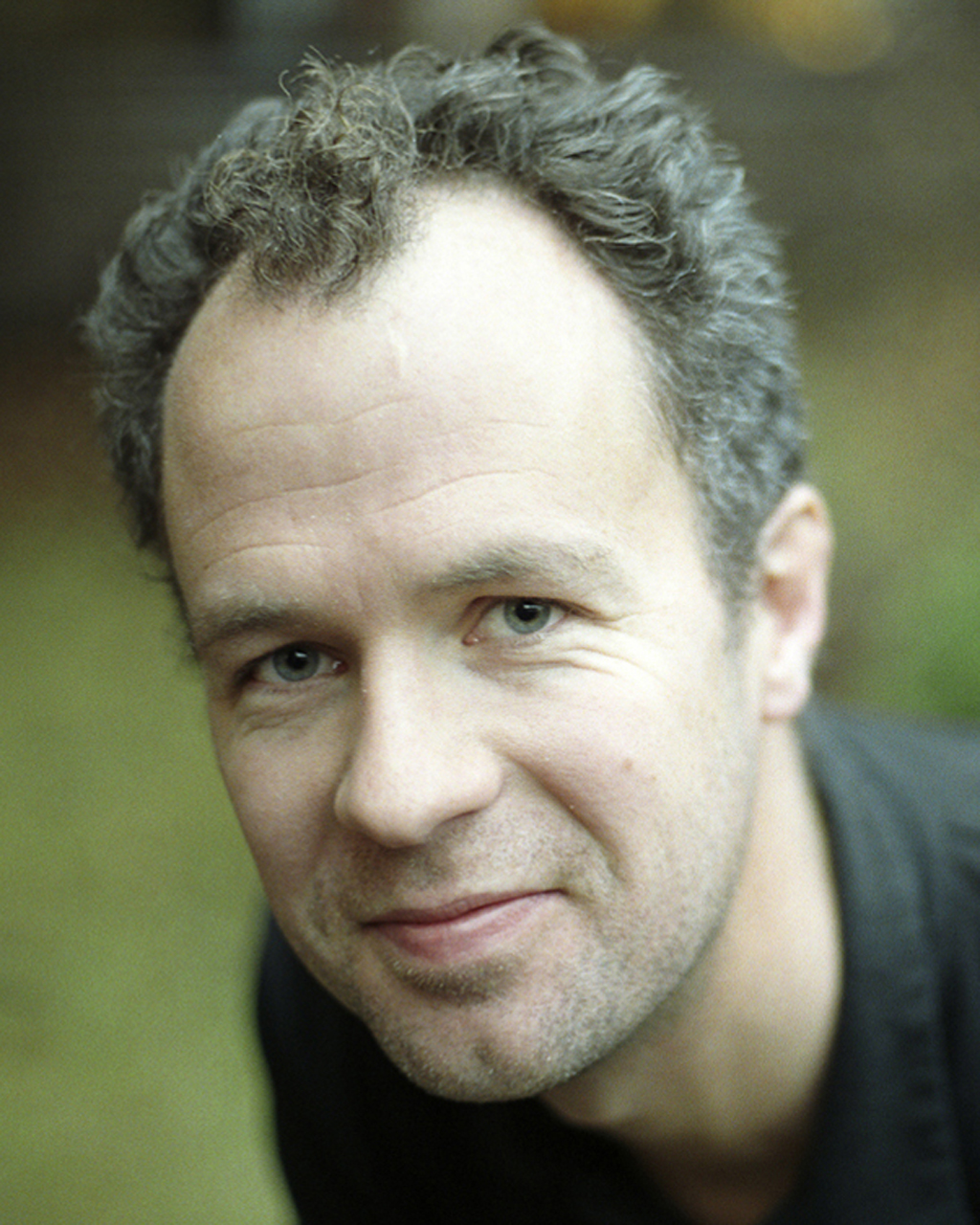“Don’t look for discrimination – you won’t find it”
Vague, subjective assessments and stereotypes that we don’t even know we have can negatively impact the hiring process. The good news is that there are measures to counteract this.
Although many factors counteract diversity in recruitment processes, countermeasures are available. This is according to Ronald Craig, a senior adviser for the Equality and Anti-discrimination Ombudsman. Craig explains that one countermeasure is implementing a thorough job analysis where the personal qualities sought by an employer are specified – and where the assessment of these qualities is systematized in tests and exercises that make it possible to assess those qualities.
One of the most important steps to achieving a fair recruitment process is uncovering the risk areas. The measures must be customized to specific barriers, and Craig says that these vary. He elaborates:
“For example, if the barrier is that it’s difficult to get enough applicants from a certain group, it’s important to expand the applicant pool from the specific group by using targeted recruitment methods. One way to do this is to use certain channels where you know the target group will be reached. However, if you get enough applicants from the target group in question, but they do not advance to the interview stage, there are other measures you can use.”
“It’s important to identify the stumbling blocks and target specific measures towards specific challenges. I divide the measures into three types: diagnostic, corrective and adaptive.
It has to do with using the right medicine. The first entails making a diagnosis; the second is corrective measures such as a job analysis and mentoring scheme. The third type is adaptive measures: Craig thinks it is important for managers to demonstrate their commitment and interest, in part by allocating money and resources to the work and sharing responsibility for it. It has to do with laying the foundation for credibility and structure in the efforts.

From theory to practice
Jon Rogstad, a research director and professor at Fafo, largely agrees with Craig.
Most agree about what is right to believe and that diversity should be promoted, but it can be a long road from theory to practice.
“Diversity is a word with positive connotations, and many rally around it. But X number of nationalities under the same roof is not diversity if the minorities work as janitors and the majority holds the high-level jobs. Diversity entails more than this. There are two ways to understand it. The first is the absence of discrimination and ensuring there is equal opportunity for all.”
“That’s fine, but it’s not diversity, just decency in working life,” says Rogstad.
He explains that the second way is to recognize differences in order to use them in a beneficial manner. An example of this is increasing the number of women in boardrooms, where they can serve as role models and pave the way for other women, but this has proved to be profitable as well.
Another dimension is that many organizations that conduct recruitment make sure they select one ethnic minority to be interviewed. Then they think have done their job.
“Employers themselves feel that that they have addressed diversity when they have called in nine people for an interview instead of eight, but then they may use their discretion and ‘gut feeling’, and then we haven’t made much progress.”
“It’s no use taking diversity into account when you don’t do it throughout the entire process,” says Rogstad.
Unbiased and biased differential treatment
According to Rogstad, in order to understand discrimination it is important to recognize the difference between unbiased and biased preferential treatment. Preferential treatment based on relevant competency for the job is unbiased. It is completely different when people are weeded out on the basis of their skin colour or if they wear a hijab.
Ideally, people are hired based on what they know, not who they are. In academia, which emphasizes accomplishments, the CV is crucial in the hiring process since publications and relevant knowledge are given a great deal of weight. But according to Rogstad, personal assessments come into play here as well.

“In the report Rettmessig forskjellsbehandling (“Fair preferential treatment”) we have looked at academia, and it’s no better there than other places when it comes to subjective assessment. Quite the contrary. Academia has created an ideal notion of personal suitability. CVs and work experience can be measured, but discretion and social qualities in a job interview setting is more difficult to measure and use in a direct comparison among applicants,” he says.
In the report, Rogstad and his co-author Erika Braanen Sterri make the point that a hiring process is not stronger than its weakest link. In other words, it does not help to gather precise information about the candidates if the employer does not have good methods of handling and processing the information afterwards.
“It’s important to recognize the difference between traditional and newer hiring methods. Ability tests are most effective at predicting competence, regardless of job type. But in Norway we are very sceptical of measurements and tests of this kind. The result is that we end up with hiring processes where the justification for the selection is often hidden. This also applies in sectors where you would think you could put a lot of emphasis on measurable points. Most striking is the employer’s belief that they are an extremely good judge of character who can translate vague information into how an employee can perform a job.”
Rogstad adds that he does not think that subjective assessments should never be used or that they are discriminatory in and of themselves, but he thinks it is important to clarify in advance what the employer is looking for, instead of something that happens a lot, namely that the criteria are developed during the process.
Ignore your gut feeling
“At which end should we start when we want to work effectively against discrimination and biased recruitment?”
“This is a very complex field. First of all, it entails an understanding of how being different can be a disadvantage. If you’re different, automatic unconscious stereotypes may affect you negatively. Secondly, it has to do with being clear about this and looking at which measures we can use to counteract the effects that occur without our awareness,” says Craig.
Don’t look for discrimination because you won’t find it! This is what Craig said at a conference on diversity leadership at Oslo and Akershus University College on 1 June 2016. He presented research showing how easily – and completely unconsciously – we discriminate, while at the same time it is just as easy to explain away discrimination as something other than discrimination. Craig says that bias, or unconscious prejudices and stereotypes, plays a larger role in evaluation and recruitment processes than we like to believe.
“Stereotypes affect how we perceive and interpret things, what we remember and what we focus on. This influence occurs prior to the point of decision-making, which is also confirmed by social science research.”
Craig explains that relying on one’s “gut feeling” in the recruitment process can have a negative outcome.
“We know that recruiters rely a lot on their gut feelings. People choose others who are similar to themselves and who appeal to them. This is why gut feelings have an adverse impact on those who are different from the majority.”
“The category of personal suitability is often included in job announcements. What does this really mean?”
“A while ago I asked a group of 30 recruiters how they interpret ‘personal suitability’ and I gave them several alternatives. The results show a wide variation. When people interpret this term in different ways, the result is that in practice they only use their gut feeling.”
Conservative academia
“Academia has a tendency to do what it has always done. It’s a bit odd that academics who are so concerned with uncovering new knowledge are so conservative. There is nothing special about academia in this regard. Many sectors think along traditional lines with regard to hiring,” says Rogstad.
Like Craig, he is critical of employers allowing their gut feelings to steer the hiring process.
“When personal chemistry plays a large role in an interview setting, and chemistry is an important criterion that trumps all other criteria, then we have a huge problem. People end up hiring someone they can be best friends with.”
“We have fixed ways of doing things that we put our faith in. A firm handshake, for example. This is an indicator that may have worked well in the past, but many of the indicators we have today don’t work anymore. Their time has passed.”
Activity duty, but not reporting duty
“Do you have an opinion about whether academia works in an active, targeted and systematic manner to prevent discrimination and promote equality?”
“I don’t have enough specific experience with what the universities do in order for me to comment. But in general I can say something about the most common problems and how diversity can be enhanced,” says Craig.
Craig reminds us that this work must be done continually. The goal is never completely reached, and progress can easily be impeded if the work is suddenly given lower priority, such as during a financial crisis or restructuring process.
“In Norway we have nobody who requires this specifically. We have the activity duty, but it’s very general. As of today, an institution doesn’t have to do much before it has fulfilled its duty. Right now the legislation is not as clear as the LDO would like it to be.”
According to Craig, removing the reporting duty would be detrimental. Without a way of finding out what kind of measures are being implemented, there is no transparency.
“Then everyone could say ‘We have done what we can’, but there would be no way to check without an actual reporting duty, and this would weaken our efforts,” he says.
Work with diversity the same as with HSE
Ronald Craig presents a clear challenge to those working to increase diversity in their organization:
“Work with diversity and gender equality in the same way you work with HSE – in the same way you promote health, safety and environment with your institution. Then you will see that you are obligated to analyse risk areas. According to HSE rules, if you have risk areas, you are required to address these, and this is exactly how we need to work with diversity.”
He emphasizes the importance of having a plan. Without a plan, the institution does not have a goal and nobody takes the work seriously.
“Managers must systematically set aside money, resources and staff for diversity work. And they must have a form of measurement: specific targets and a measurement tool for checking that the institution has achieved its goals,” says Craig.
Rogstad points out that bad hiring decisions are expensive, but well-qualified employees are profitable. In addition, it is non-controversial to promote the idea that everyone should have equal opportunities, so there does not need to be any conflict between social responsibility and financial visions.
Translated by Connie Stultz.
Ronald Craig is a senior adviser for the Equality and Anti-discrimination Ombudsman. Jon Rogstad is a research director and professor at Fafo. Craig and Rogstad were among the speakers at the conference on diversity leadership at Oslo and Akershus University College on 1 June 2016.
At the conference, Ronald Craig presented specific recommendations for gender equality and diversity. Here are Craig’s eight tips:
- Identify the barriers to equality, find focus areas/risk areas.
- Demonstrate that the company’s management is committed to diversity.
- Make someone responsible for ensuring results, preferably a senior-level manager.
- Ensure there is two-way communication between the employees and management about the diversity effort.
- Use a job analysis prior to hiring in order to: 1) clarify the most important job duties, 2) ensure a common understanding of the qualifications (including personal qualities) needed to perform the job duties, 3) clarify the choice of assessment method.
- Use targeted recruitment methods to ensure there are applicants from underrepresented groups.
- Draw up a plan for breaking down barriers and for distributing routines and resources.
- Have goals and use indicators that show whether or not progress is being made.
Read about the conference Diversity management in academia (in Norwegian only)

